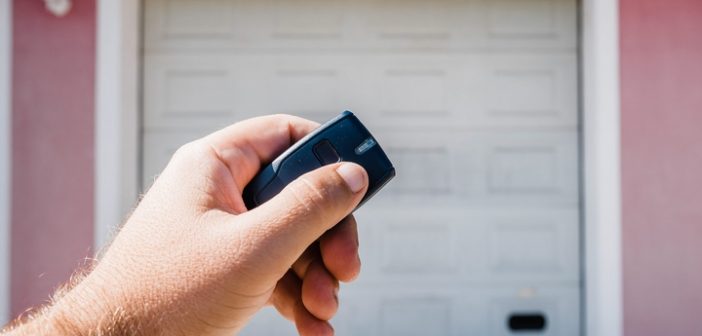Installing a wireless driveway alarm system prevents security breaches and assures the safety of your family or workers. Prevention is paramount in safety, and a wireless driveway alarm helps you to realize this goal. Below are six steps you can follow when choosing a driveway alarm system:
1. Decide the Minimum Transmission Distance Required
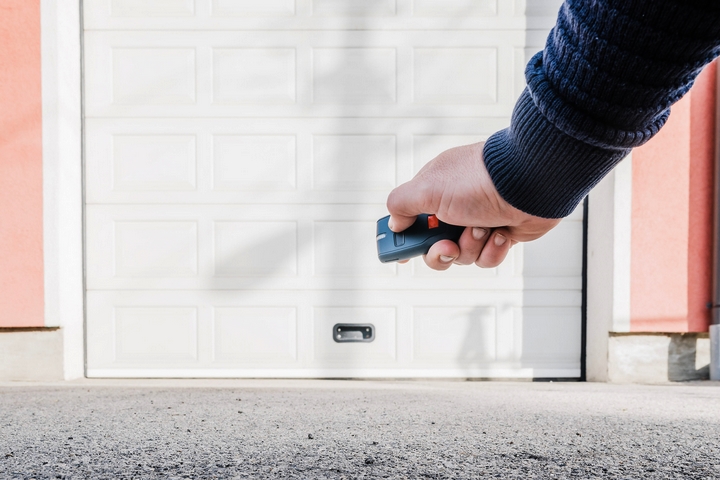
Determining the required lowest level of transmission is important. The distance between the vehicle sensor and the indoor receiver constitute the transmission distance. A good wireless driveway alarm system should transmit signal strengths of up to 1000 feet, which is equivalent to 304.8 meters in open areas. In closed areas, it should transmit a signal of up to 300 feet (91.4 metres). To achieve the best results, choose the transmission level that meets your needs.
2. Define Your Need
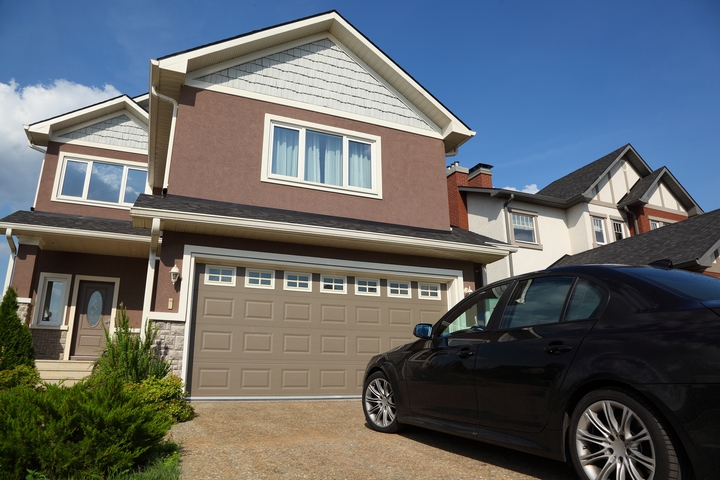
Knowing why you need a driveway alarm system helps you install a system that meets your needs. Decide whether you need an alarm system that will only detect cars or one to detect both animals and people. Carefully make your choice since some sensors do not detect animals weighing below 40 Ibs.
3. Determine Whether the Alarm System Will Be Integrated or Standalone
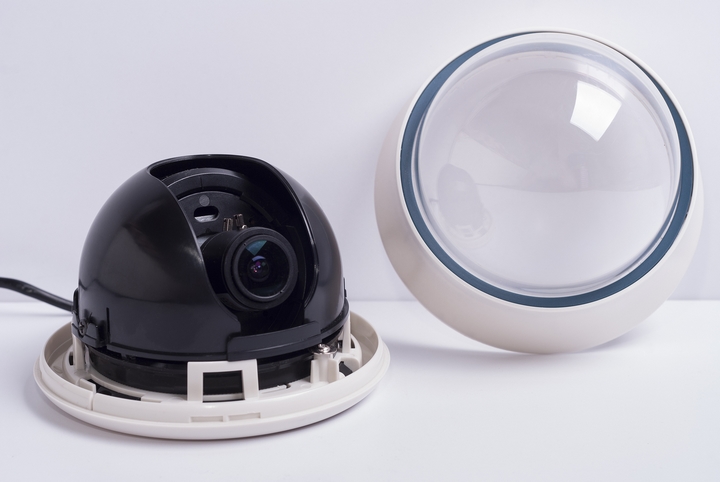
Determine if the wireless alarm will connect with your home system; or will it stand alone? This is because connecting the system into a new or already installed automated home system allows the alarm to send flashing light signals that display a live webcam feed in case someone or something triggers the alarm.
4. Isolate Possible Interferences
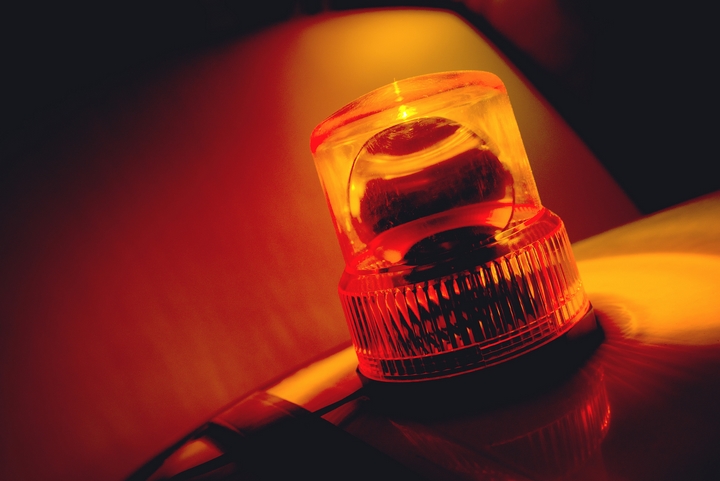
It’s vital to establish potential interferences that could block transmission. Trees, hills and other physical objects can hinder alarm transmission signals between the transmitter and the receiver. Consequently, this dramatically reduces the potential transmission distance.
Isolating such interferences will help you determine the transmission strength you require and identify the transmitter and receiver location that will yield the best results. Objects that can potentially interfere with signal transmission include trees, hills, and others. The result of these interferences is a weak transmission signal.
5. Determine the Required Number of Sensors and Receivers
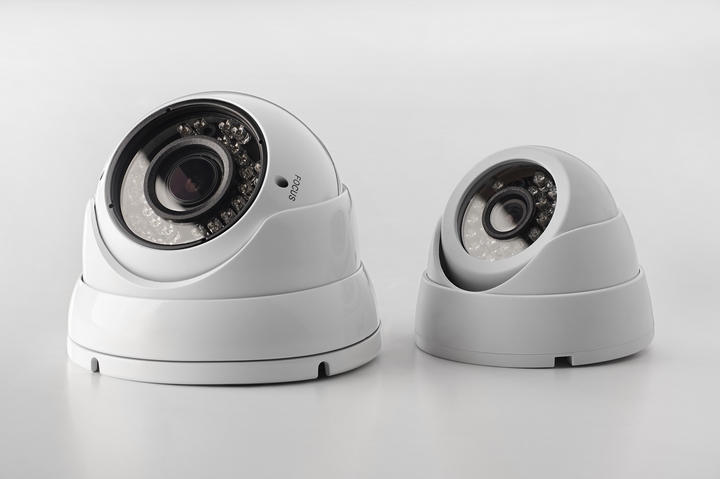
You need to establish how many receivers and sensors you need for the installation of an efficient wireless driveway alarm system. Establishing how many receivers and sensors you need will help you come up with a sufficient budget for a driveway alarm system. This is especially important when seeking to install multiple driveway alarm systems for big houses.
6. Ask Yourself Some Hard Questions before Settling on an Alarm System

There are no fixed rules when choosing a driveway alarm system since their requirements vary from one home to another. It’s important to ask yourself some vital questions before settling on the most appropriate alarm system.
For instance, assuming you have a multiple wireless driveway alarm system, can you record from every transmitter? You also need to establish if the transmitter or sensor is waterproof. Another key question you might want to ask yourself is whether the sensor or transmitter can function at night or in dark places.
Security is vital. Keeping your family or workers safe by preempting potential dangers that could harm them is a wise decision. Essentially, the best driveway alarm system to install depends on the transmission distance, your specific needs, and whether you want an automated wireless driveway alarm system. Moreover, determining how many sensors or transmitters you will need is another key element when choosing a driveway alarm system.
You also need to identify potential sources of interference that could affect signal strength during transmission. Asking yourself such pertinent questions helps you adopt the best approach when installing a driveway alarm system.

